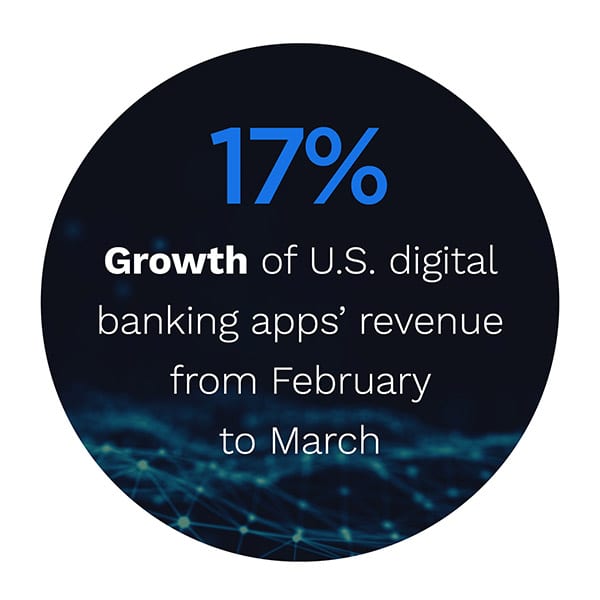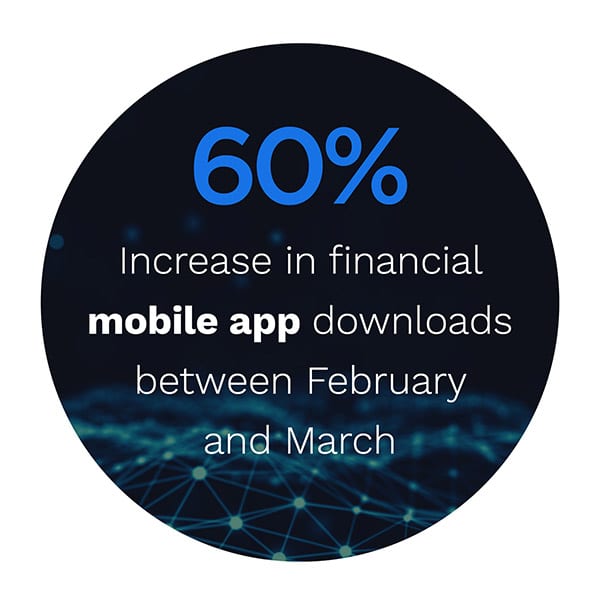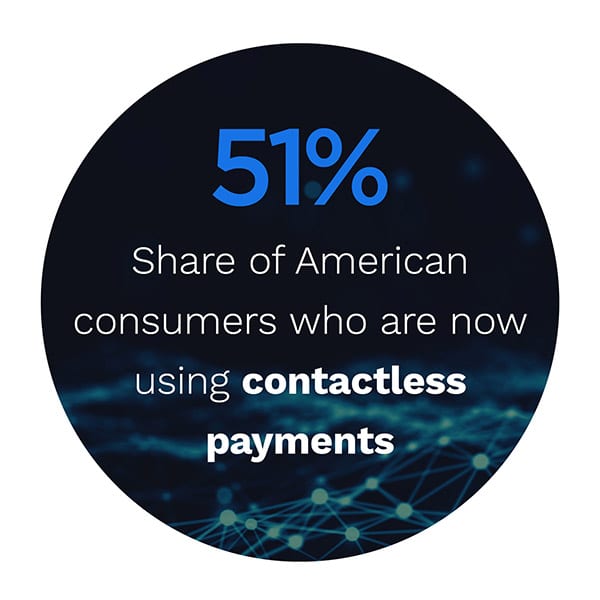WSFS Bank: Plain Vanilla Digital Banking Won’t Cut It Any More

The new coronavirus had an immediate and profound effect on the financial services industry, as brick-and-mortar bank branches closed to protect public health.
Those closures meant that many consumers in countries like the United States were left only with digital platforms to access their bank accounts or to conduct necessary transactions.
 Customers still expect speedy and convenient service as usual, meaning financial institutions (FIs) are racing to support an expanding number of digital transactions without adding any friction. These banks must also make sure they are providing the tools that primarily digital customers need to complete their personal banking needs.
Customers still expect speedy and convenient service as usual, meaning financial institutions (FIs) are racing to support an expanding number of digital transactions without adding any friction. These banks must also make sure they are providing the tools that primarily digital customers need to complete their personal banking needs.
That means thinking about what online banking and payment methods they offer in a fundamentally different light, a shift in digital transformation strategies that could have widespread effects on what products they expand upon or which they leave behind post-pandemic.
In the inaugural Digital Payments In A Digital World Playbook, PYMNTS analyzes how recent events such as the COVID-19 pandemic have impacted consumers’ banking behaviors and how FIs are responding to these shifting needs. The Playbook also examines which digital tools, such as mobile wallet payments, QR codes or the use of additional technologies can help FIs fulfill these needs as well as what these developments mean for the future of banking.
Why WSFS Bank Is Relying On QR Codes, Mobile Mess aging To Enhance Customer Loyalty
aging To Enhance Customer Loyalty
Banks today are familiar with the challenges of supporting digital platforms as an increasing number of customers turn to online-only solutions. One study found more than 45 percent of millennial users, for example, have at least considered leaving their FIs and signing up with fully digital banks. This transformation to digital has been ongoing, but it may have been accelerated in the wake of the COVID-19 pandemic, as stay-at-home orders have been preventing consumers from leaving their homes. It is therefore important for FIs to make sure the services they offer can support the needs of these customers at speed, and more importantly, that these tools fully fulfill their changing needs, according to Lisa Brubaker, executive vice president and chief technology officer for Delaware-based community bank WSFS Bank. Creating that support can engineer robust customer loyalty among bank users, she said.
To learn more about how WSFS Bank is using digital tools to enhance its customer loyalty, visit the Playbook’s Feature Story.
Why FIs Must Master Tomorrow’s Digital Banking Needs Today
 Digital banking was already thriving before the COVID-19 pandemic, but the virus’s spread has nonetheless accelerated its adoption. Closures of physical branches have meant many customers no longer have access to brick-and-mortar banking, leading to a 60 percent rise in mobile app downloads relating to finance in the month of April, for example. The pandemic has essentially flipped the script, turning digital channels such as mobile into the main way customers interact with their FIs while branches are relegated to outlier services. FIs must watch how customers are interacting with these online tools as well as which of these new behaviors is likely to last into the future.
Digital banking was already thriving before the COVID-19 pandemic, but the virus’s spread has nonetheless accelerated its adoption. Closures of physical branches have meant many customers no longer have access to brick-and-mortar banking, leading to a 60 percent rise in mobile app downloads relating to finance in the month of April, for example. The pandemic has essentially flipped the script, turning digital channels such as mobile into the main way customers interact with their FIs while branches are relegated to outlier services. FIs must watch how customers are interacting with these online tools as well as which of these new behaviors is likely to last into the future.
To learn more about how FIs are navigating recent payment shifts and changing customer needs, visit the Playbook’s Deep Dive.
About The Playbook
The PYMNTS Digital Payments In A Digital World Playbook, done in collaboration with Wirecard, covers the latest digital payment developments, including relevant online and mobile banking adoption trends. It examines how banks and businesses are responding to consumers’ shifting payment needs, how changing relationships between FIs and merchants can help to innovate for new challenges in the payments space, and the ways in which using new technologies can lead to more personalized services.

